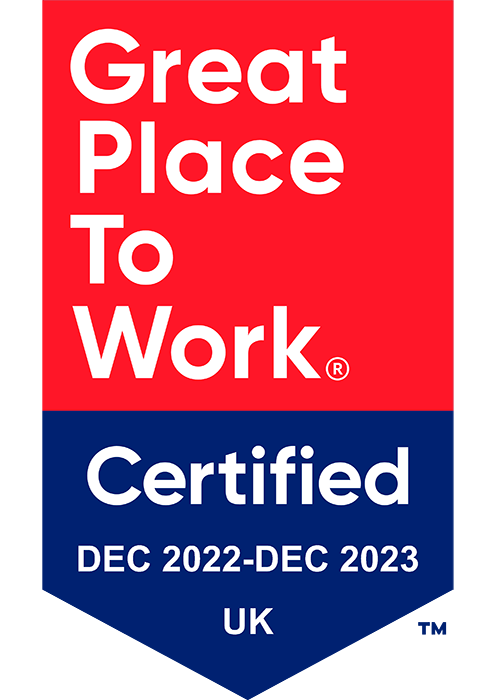Respiratory conditions are a significant burden on the UK economy, with both employers and the National Health Service (NHS) bearing the brunt of the costs. One of the most common respiratory conditions is Chronic Obstructive Pulmonary Disease (COPD), which can be caused by workplace exposure to hazardous substances such as dust, fumes, and chemicals.
According to the British Occupational Hygiene Society, the cost of treatment, benefits, and lost revenue from a single instance of workplace COPD is estimated to be £180,000. This figure includes the costs associated with medical treatment, loss of productivity, and benefits paid to workers who are unable to work due to their condition.
Furthermore, the Society estimates that there are approximately 4,000 new cases of COPD each year in the UK that can be attributed to workplace exposure, with the total cost of these cases being over £700 million. This highlights the need for employers to take proactive measures to protect their workers from exposure to hazardous substances.
Employers have a legal duty to protect their workers from exposure to harmful substances in the workplace under the Control of Substances Hazardous to Health Regulations (COSHH) 2002. This includes conducting risk assessments, providing suitable personal protective equipment, and implementing control measures to prevent or reduce exposure.
Despite these legal requirements, a survey conducted by the British Lung Foundation found that 56% of workers in the UK have been exposed to dust, fumes, or chemicals at work, with 15% reporting that they were exposed on a daily basis. This highlights the need for more effective enforcement of health and safety regulations in the workplace.
The most common respiratory conditions leading to hospital admissions were chronic obstructive pulmonary disease (COPD), pneumonia, and asthma. These conditions can have a significant impact on a person’s quality of life, as well as placing a significant burden on the NHS.
Employers can take several steps to minimize the risk of their employees developing COPD due to workplace exposure to hazardous substances. Here are some suggestions:
Conduct a workplace risk assessment: Employers should conduct a thorough risk assessment to identify potential hazards and assess the level of risk to employees. This will help identify which areas of the workplace need to be improved to prevent exposure to harmful substances.
Implement control measures: Once potential hazards have been identified, employers should implement appropriate control measures to prevent or reduce exposure to harmful substances. This can include providing ventilation systems, personal protective equipment, and safer working practices.
Provide training and information: Employers should provide training and information to employees on the risks associated with hazardous substances, how to work safely with them, and how to use personal protective equipment correctly.
Regular monitoring of employee exposure to hazardous substances should be carried out to ensure that control measures are working effectively and to identify any potential issues.
Encourage regular health checks: Employers should encourage employees to have regular health checks, including lung function tests, to identify any potential respiratory problems at an early stage.
Promote a smoke-free workplace: Smoking is a significant risk factor for COPD, so employers should encourage a smoke-free workplace and provide support for employees who want to quit smoking.
Review and update procedures regularly: Employers should regularly review and update their procedures for preventing exposure to hazardous substances to ensure that they remain effective and up-to-date with current regulations and best practices.
By implementing these steps, employers can reduce the risk of their employees developing COPD due to workplace exposure to hazardous substances, leading to a healthier and more productive workforce.


